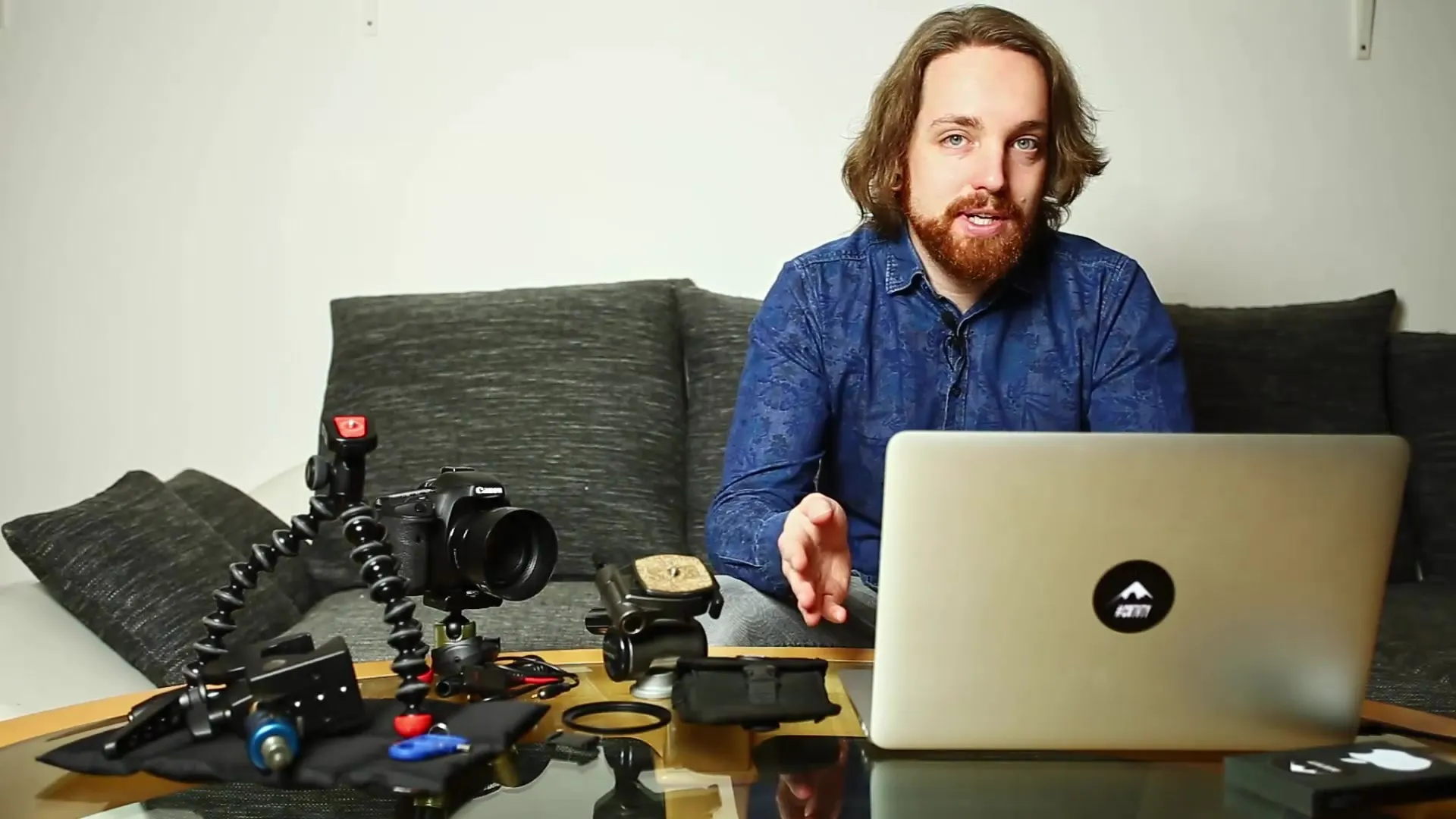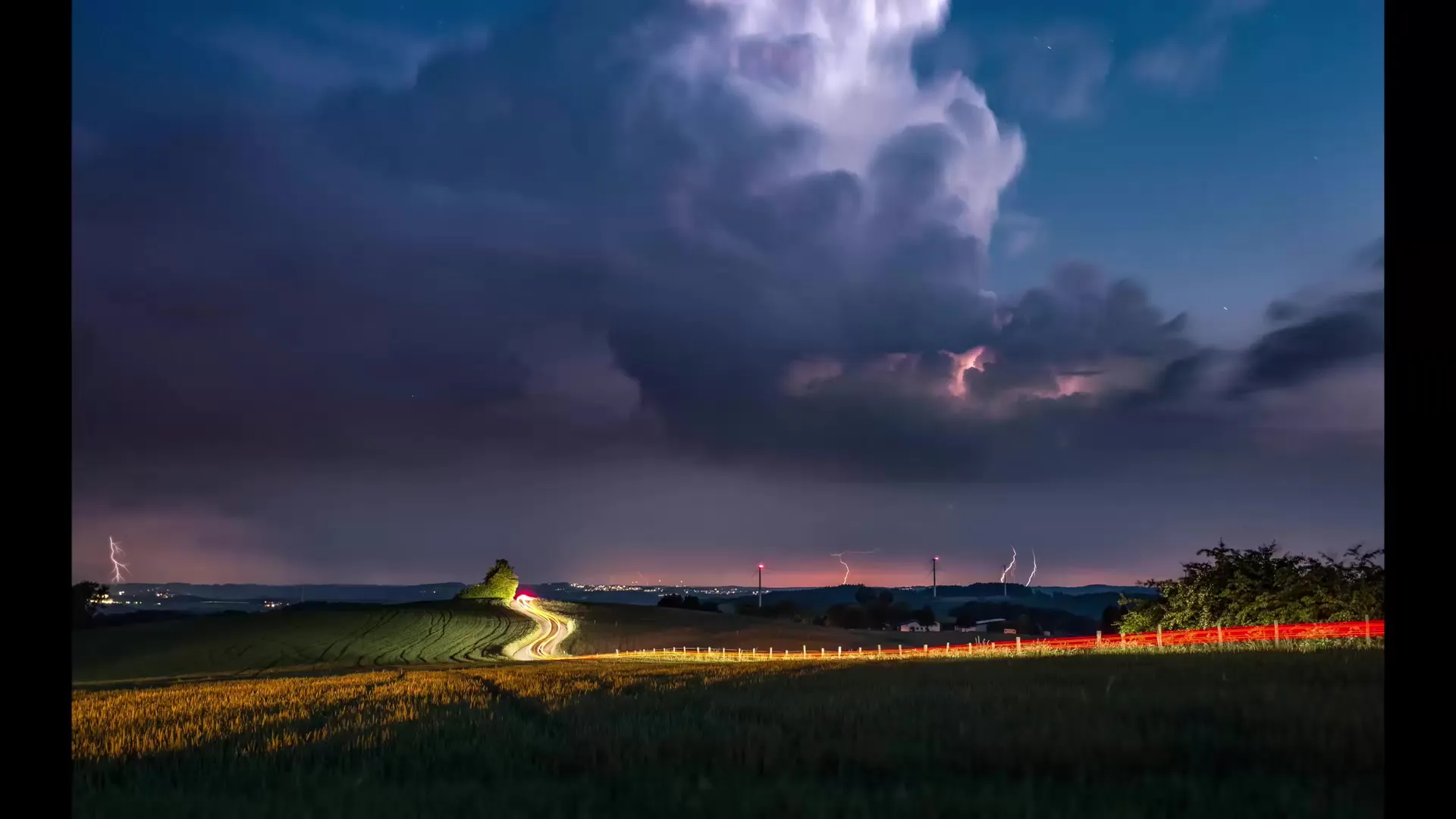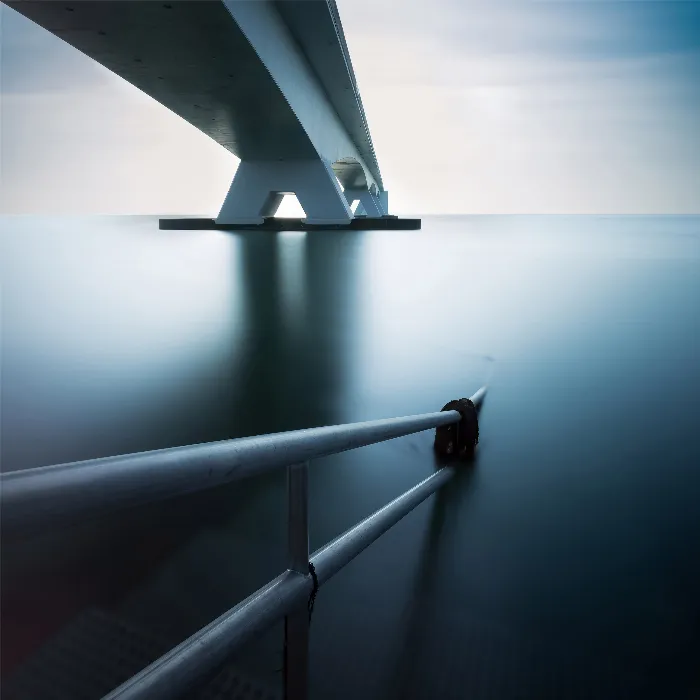Thunderstorms are characterized by their dynamic, often impressive nature. Their energy manifests in spectacular lightning, which can illuminate everything in a short amount of time. To effectively capture such a natural phenomenon, long exposure is an excellent photographic concept. It allows you to capture these fleeting moments that often exist for only fractions of a second to the naked eye. In this guide, you will learn step by step how to photograph thunderstorms using long exposures.
Key Insights
Long exposures allow you to capture lightning by leaving the camera open for several seconds. The best approach is to position yourself in a location with a clear view of the thunderstorm while you wait for the lightning. Choosing the right exposure time is crucial to avoid overexposure. In daylight, a shorter exposure time of 6 to 15 seconds is recommended, while in twilight, you can try longer exposures of around 30 seconds.
Step 1: The Right Equipment
To effectively photograph thunderstorms, you need a camera that supports long exposures, a tripod for stability, and possibly a neutral density filter to control the exposure. By using a stabilization aid, you ensure that your images remain sharp. Remember to also choose the right location that provides a good view of the thunderstorm.

Step 2: Research Thunderstorm Locations
Before you set out, gather information about the weather and the expected thunderstorm cells in your area. Use weather forecast apps or websites to find out where the storms will be active. A targeted location increases your chances of capturing stunning images.

Step 3: Exposure Settings
Once you arrive at your location, set up your camera. Recommended settings are ISO 400, an aperture of f/5.6, and an exposure time of 30 seconds if it is already dark. In daylight, an exposure time of 6 to 15 seconds may be more efficient. Experiment with these values to find the right balance between sharpness and brightness.
Step 4: Trigger and Wait
Start the exposure and let the camera work for the set time. It is crucial to be patient and hope that a lightning strike occurs during the exposure time. Remember that the likelihood of capturing a lightning strike increases with longer exposure times. However, be careful that the strikes are not too close to your location as they can overexpose the images.
Step 5: Review the Images
After the first exposure, it's time to review your results. Check the images to ensure that the exposure is correct and that the lightning is captured sharply. If you are not satisfied with the result, experiment with shorter exposure times or adjust other camera settings.
Step 6: Integrate Light Trails
An additional advantage of long exposure is the ability to capture light trails from other objects, such as cars or trams. These create an interesting dynamic in your images, like an example of a car passing by during a thunderstorm exposure. Use this opportunity to enhance creativity in your thunderstorm shots.
Step 7: Post-Processing
In post-processing, you can optimize your shots by adjusting contrast, brightness, and color. Even if some lightning strikes appear more or less prominent, targeted post-processing can achieve a harmonious overall image. Use this technique to your advantage to highlight the beauty of nature.
Summary – Successfully Implementing Long Exposures of Thunderstorms
Photographing thunderstorms requires preparation, patience, and the right technical know-how. Time management plays a central role in choosing the location and camera settings to achieve the best lightning shots. With enough practice and creativity, you will be able to capture stunning images of thunderstorms.
Frequently Asked Questions
What is the best time to photograph thunderstorms?Evening or twilight is ideal as the lighting conditions are often more favorable.
Can I photograph lightning during the day?Yes, however, shorter exposure times of 6 to 15 seconds are recommended to avoid overexposing the images.
How do I find the best place to photograph a thunderstorm?Check weather forecasts and look for places with a good view of the thunderstorm cell.
Do I need special equipment for long exposures?A tripod is essential, and neutral density filters can be helpful to control the exposure.
How can I creatively use light trails in my shots?Photograph objects moving during the exposure to create interesting light trails.


